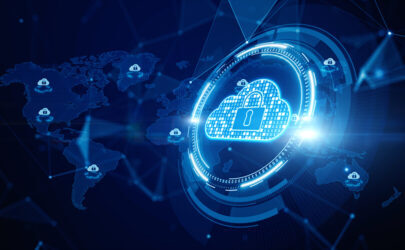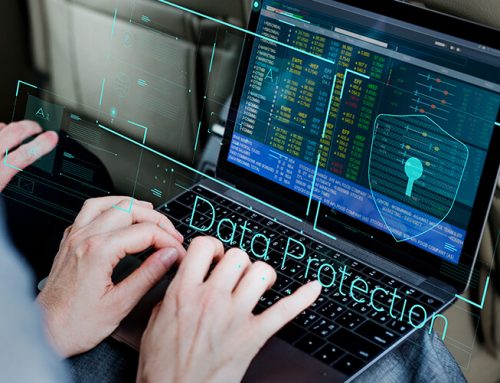As more and more employees work from home, it’s important for organisations to evaluate whether they are prepared to handle the potential cybersecurity risks. Working from home has introduced new challenges and companies are facing increased vulnerabilities such as unsecured Wi-Fi networks, personal devices, and increased phishing scams. Organisations should implement best practices to protect their data and systems.
Here are some tips for ensuring your employees can safely work from home:
1. Monitoring: Have real-time data monitoring in place if possible.
This will enable you to cut-off/shut down the impacted services as soon as a threat is detected.

2. BCDR: Have a business continuity and Disaster Recovery Plan in place – It is a “must” to have a reliable data backup in place of all valuable company data. Relevant testing needs to be performed to validate that you can restore required data. This will be a lifeline in case of a malware or ransomware attack.
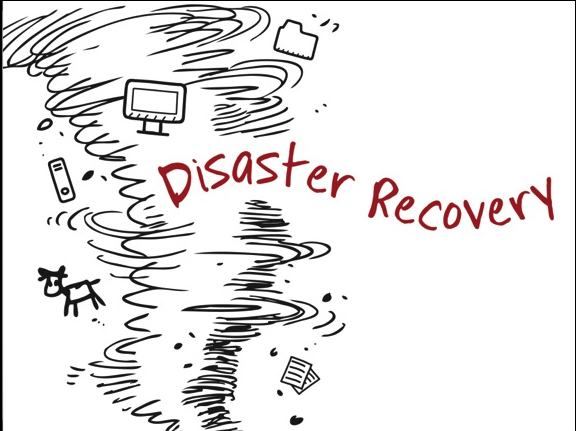
3. Compartmentalise / Partitioning: Place relevant controls in your network to limit communication between systems and to identify unexpected communications that may be a sign of attack. In every network, there are systems that should never communicate with each other. Your network should enforce relevant firewalls and policies.
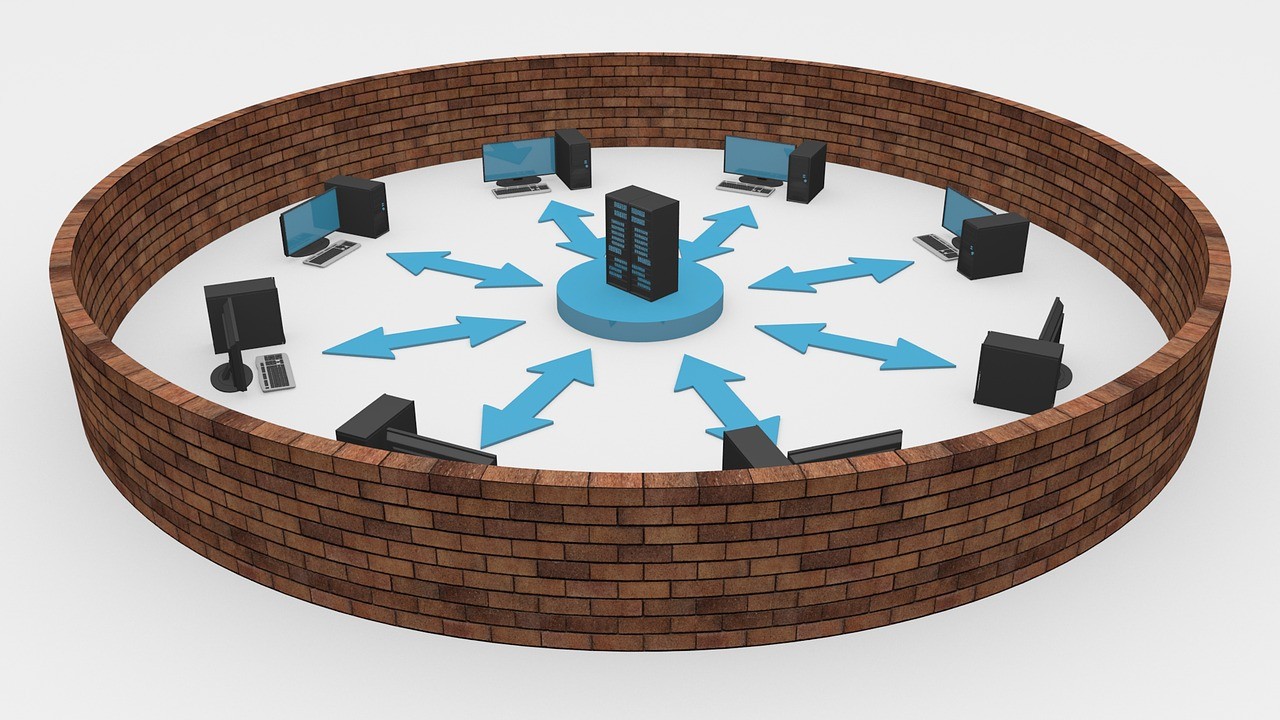
4. Access Controls & Password protection: Deploy relevant controls to allow users access to areas that they need for their job. Particularly admin rights should only be granted to trusted people with relevant skills and training. Ensure that users have all the required passwords when working from home, this will reduce unnecessary admin tasks.
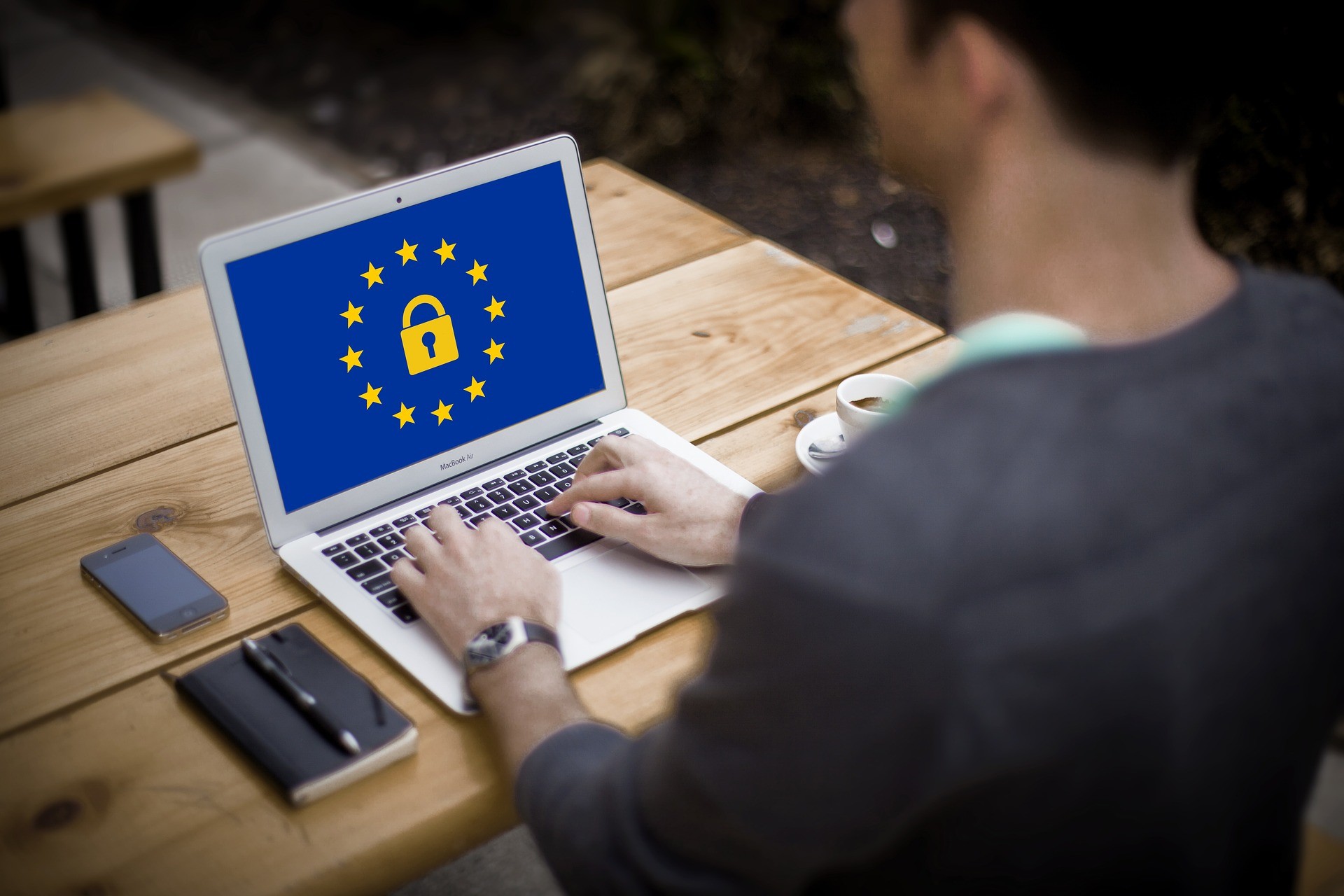
5. Patching: Ensure that all your software and hardware is up to date with latest security patches. This can become tricky when your employees are working from home so have your teams evaluate the best practices and processes to apply latest patches.
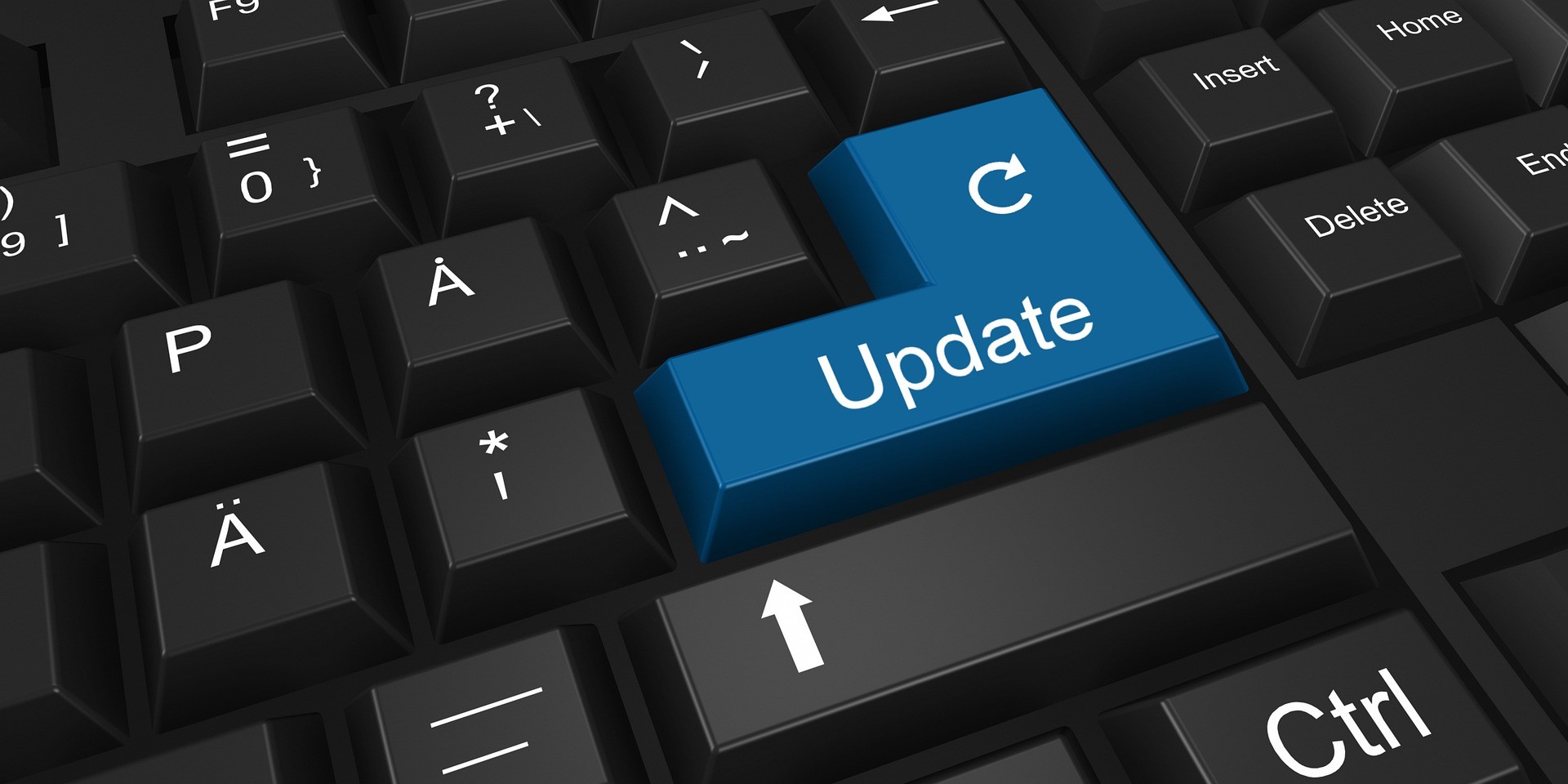
6. Staff Awareness and Training: Mitigate security risks by providing relevant training and education to your employees on current security threats so that your employees are aware of phishing emails and ensure that they use secure Wi-Fi connections at home.

